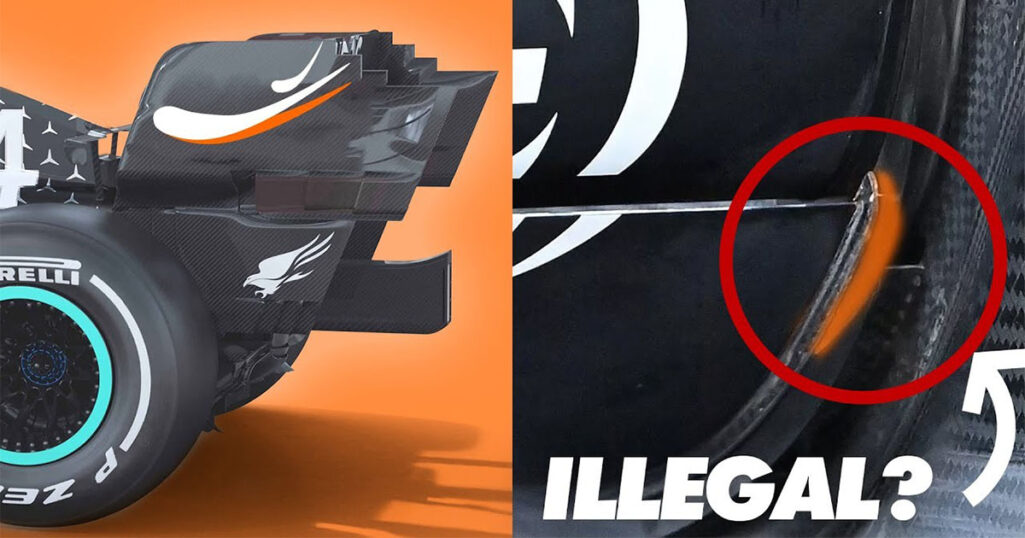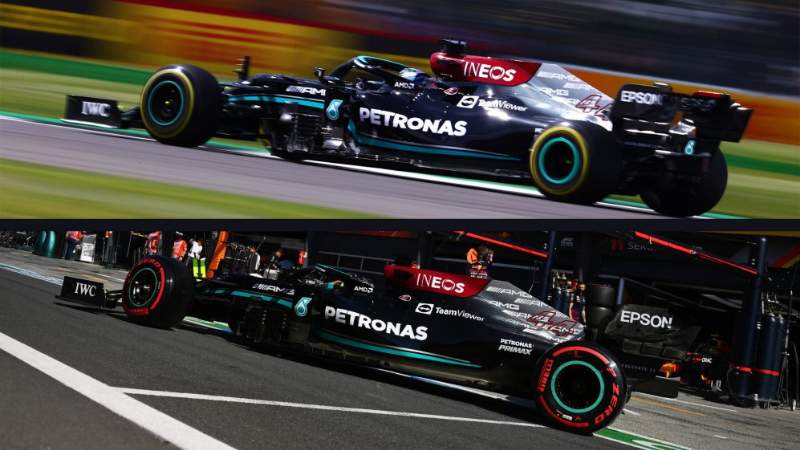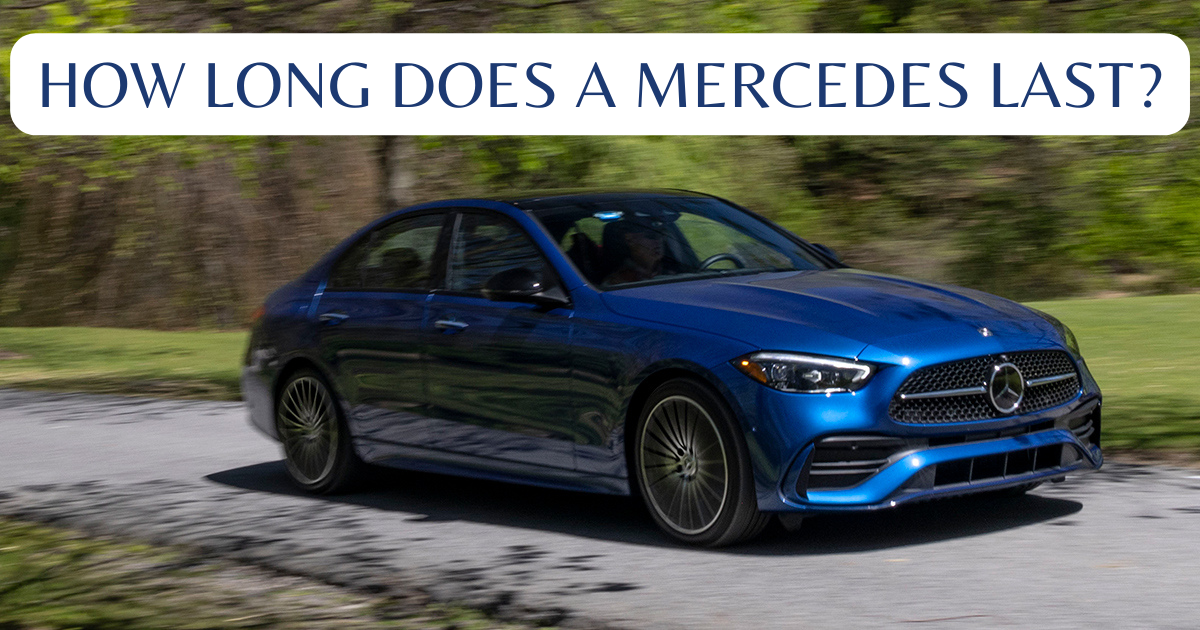
At the United States Grand Prix, a lot of attention was paid to Mercedes’ ability to close the gap on Red Bull on the straights in previous races, but is this due to increasing power or a clever piece of engineering?
Back in June, Red Bull was able to outrun Mercedes on the straights by having a lower wing than Mercedes, yet still, be faster across the lap. When Toto Wolff, Mercedes boss, made a comment, “If we ran such a low wing as that,” he said, “we’d have lost more lap time in the turns than we’d have gained on the straights.”

Red Bull team boss Christian Horner accused Mercedes of “clearly optimizing a straight-line technology” in the Turkish Grand Prix, where the team has shown exceptional straight-line performance in recent races.
Toto Wolff, denied these statements, saying that the team’s straight-line speed was the result of “all the tiny improvements, marginal gains that have been made that bring performance.”

In addition, Mercedes states that no increase in power has occurred. What we can conclude from this is that Mercedes made a huge aerodynamic-enhancement for Silverstone, the last major modification that went into the W12. If there’s been such a significant increase in straight-line performance, might it be due to an aero upgrade?
Yes, I think so. A more dramatic diffuser stall might be the result of Mercedes taking full use of their lower rake approach by getting the best out of it.

A low rake means that the back is lifted less than the front compared to a car like Red Bull, which has a very high rake.
The airflow beneath the floor can be accelerated, and the effective diffuser space can be opened up to reduce pressure under the vehicle, but a higher rake is a disadvantage on the straights since it blocks the airflow.
This is partly because the floor works harder to move air, resulting in a greater degree of air resistance, and the car’s frontal area grows as its bodywork rises.
To unlock higher straight-line speed, a team might lower the rear riding height, which reduces drag.
A set-up that allows the car’s rear end to descend as it speeds appears to have been discovered by Mercedes. This allows for less drag, which in turn increases the car’s maximum speed.
The diffuser will ultimately stall and stop creating that low-pressure region from the floor if the car’s rear is lowered enough. That implies that the car’s downforce will be significantly reduced, but the car’s drag will also be much reduced as a result. Speed may be increased on straightaways, where downforce is not required, by using this method.
In order to design it, you’ll need several strong simulation tools. It is essential that the stall point be tunable from track to track so that it is not near the stall position at the fastest corners. Straight-line speed needs little downforce; nevertheless, tight turns necessitate it greatly.
The front section of the floor underwent significant alterations as part of Mercedes’ upgrade to Silverstone. For the sake of air extraction, the bargeboards were built to match the reprofiled floor edge and the re-angled deflectors in a manner that seemed it was trying to extract air from the front floor corner.
Air hitting the car has a limited volume, and part of it will travel around the vehicle, while some will go beneath it. The proportion of that split might alter as a result of these adjustments.
Are these modifications capable of causing diffuser stall at a slower speed? It will reduce drag if they can achieve the same stall point at a lower speed. A larger wing might be used to maintain the same straight-line speed, or a smaller wing could be used to enhance the straight-line speed.
In theory, this would allow for a far greater degree of control over the stall of the diffuser, which might lead to significant advantages in straight-line speed.




